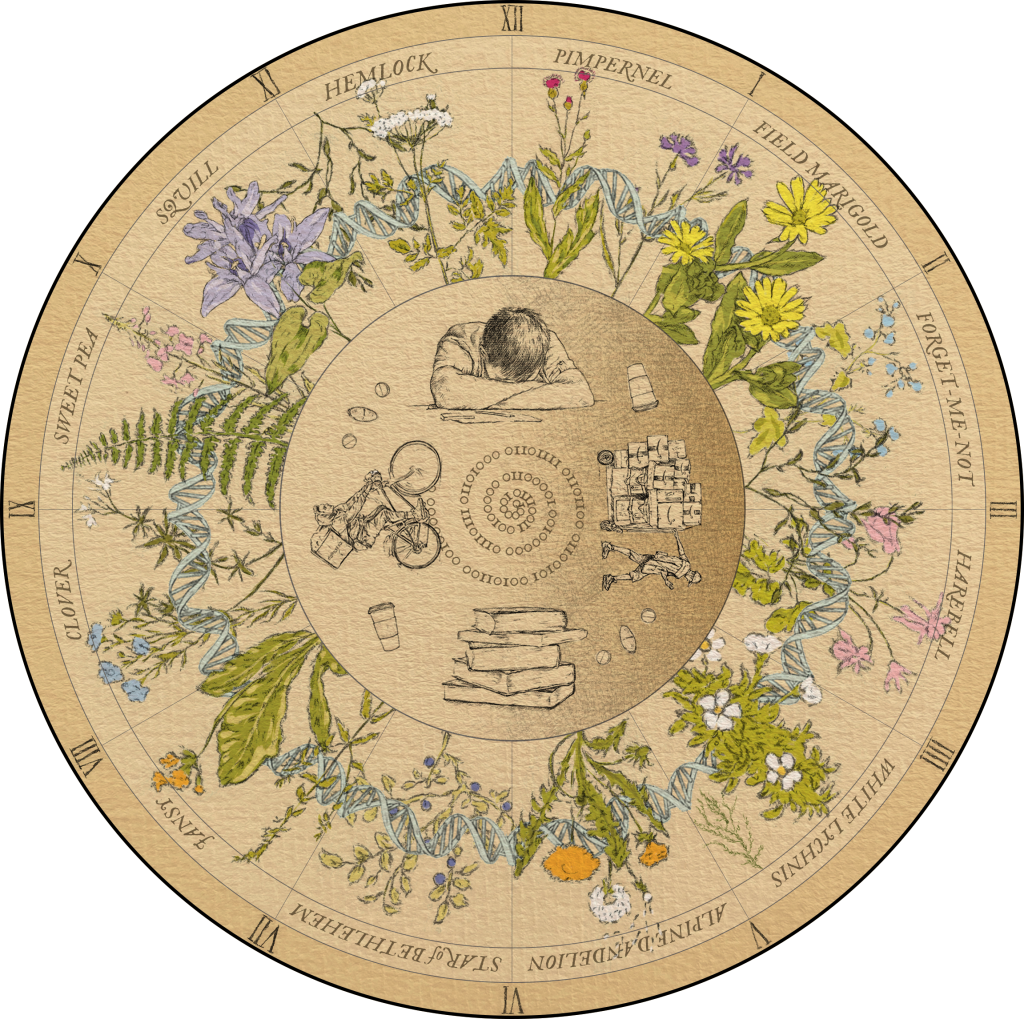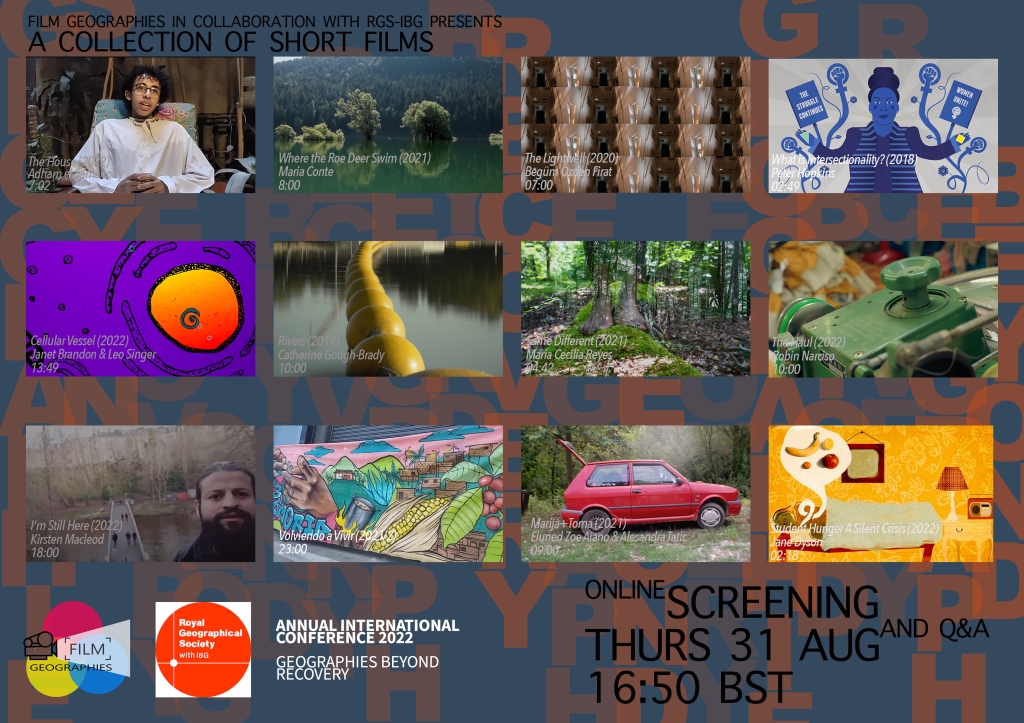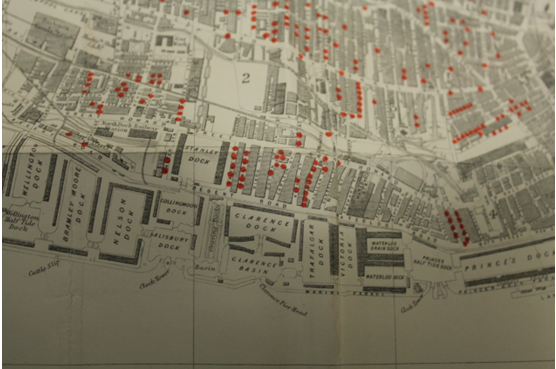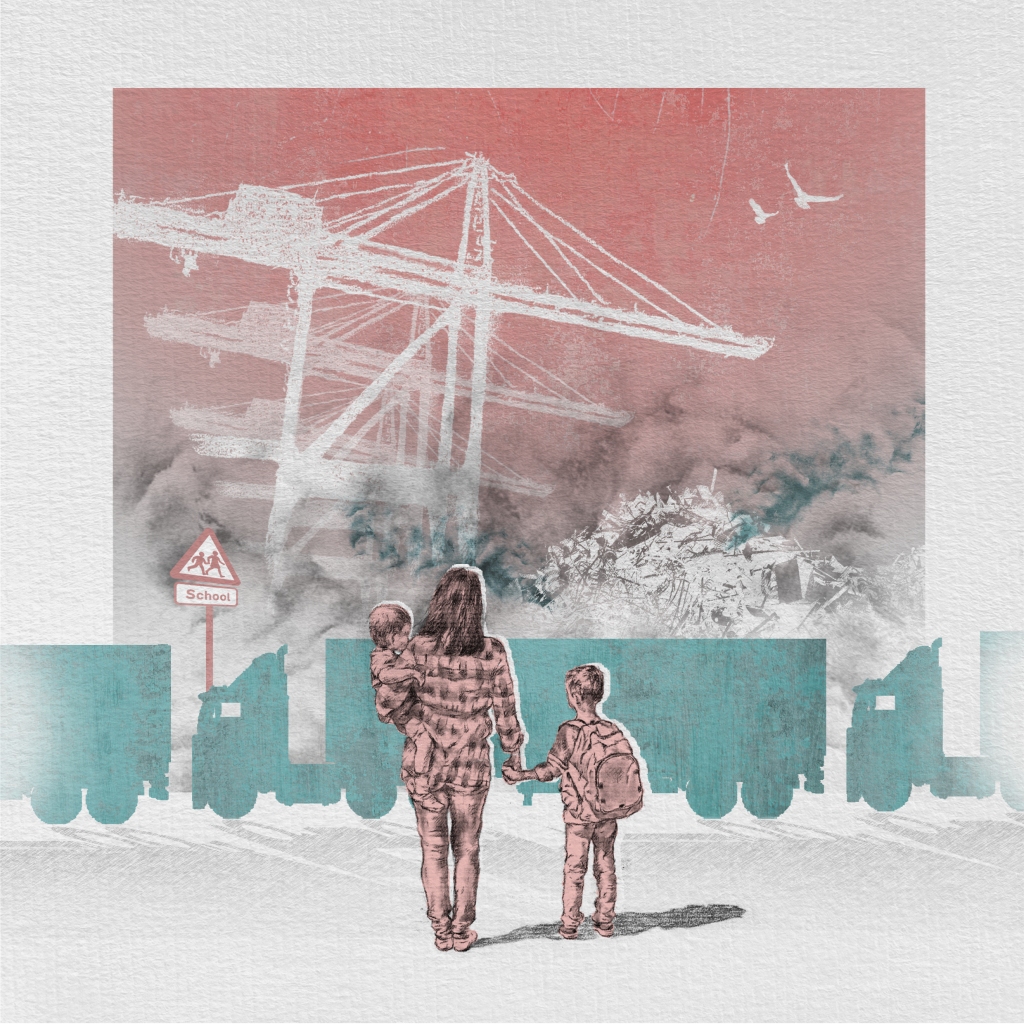Dysrhythmia
Where social theory meets biology to explore rhythms, their (de)synchronisation and what that has to do with our bodies and health.
-

Dysrhythmic Clock in the World Illustration Awards
Great news from yesterday! The glorious image of the Dysrhythmic Clock by Nick Daly, commissioned especially for this blog in winter 2022, is SHORTLISTED in the prestigious AOI World Illustration Awards 2023. I don’t know if there is a more significant appreciation of an illustrator’s talent, skill and hard work than moving from the initial…
-

Cellular Vessel
The animated documentary introduces a theory of rhythms into an environmental justice issue: the desynchronization between the pace of the expanding port of Liverpool and the grounded rhythms of local residents. In order to identify the biosocial mechanisms that connect the macro with the micro scales and generate chronic illness, the film takes you on…
-

The “black spot on the Mersey”: Liverpool docks and the Victorian research of health inequality
During research for this article, I used secondary literature and online sources. For direct historical records I accessed the archival collections at the University of Liverpool library and of the Liverpool Medical Institution. Liverpool, along with Manchester and Leeds, was one of the best researched provincial cities of the early-Victorian era (Dennis 1984). This attention…
-

Dys/Rhythmic Clock
This image was inspired by Carl Linnaeus’ illustrations of a Flower Clock. Linnaeus was a Swedish naturalist who noticed that plants undergo daily rhythms of wakefulness and sleep. In his 1751 Philosophia Botanica he recorded forty-six species of plants that opened and closed their flowers at fixed times throughout the day. The Flower Clock (Horologium…
-
Zoom in Seaforth/Bootle
Sefton Council in northern Merseyside is home to the starkest social, environmental and health inequalities in England. The poorest wards, both in terms of money and health, are concentrated right by the Port of Liverpool. I have chosen for comparison two neighbouring wards with very contrasting public health profiles: Blundellsands (not directly affected by the…
-

Anti-clockwise? A rhythmanalytic approach to the embodiment of multimorbidity
Fundamental processes shaping our societies, bodies and health are rhythmical, yet social scientists and medical biologists who study rhythms do so in isolation. My research will propose a rhythmanalytic approach (Lefebvre and Régulier [1985] 2004) to the mutual relationship between society, place and health through examining life course pathways leading to complex multimorbidity (three or…
-
A peep at how our cells can tell the time (a clip from the upcoming short film)
Out of all natural cycles, the most powerful force has been the Earth’s rotation with its 24- hour cycle. The rotation produces daily and seasonal changes in the environment to which all living organisms have adapted. Over the course of roughly two trillion cycles of day and night on Earth, the anticipation of predictable light…